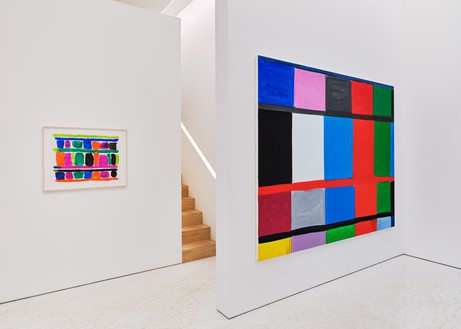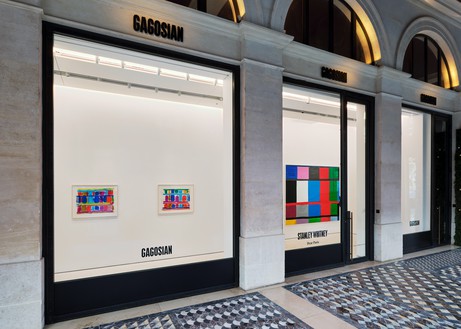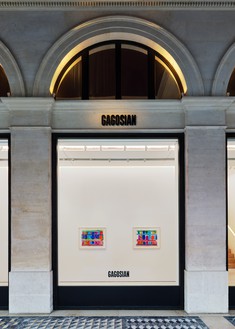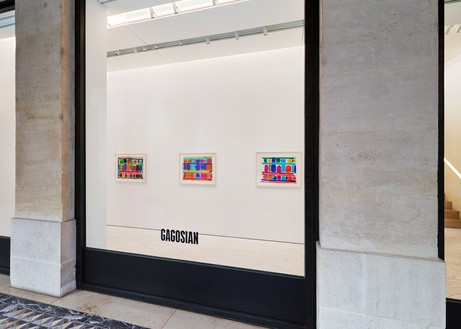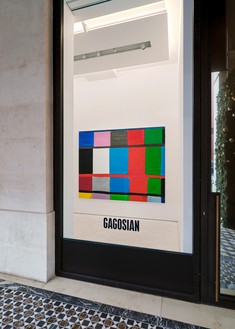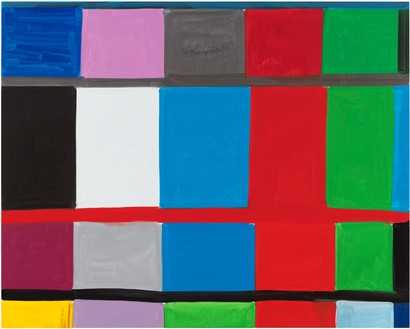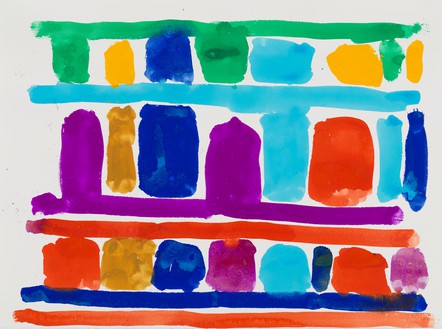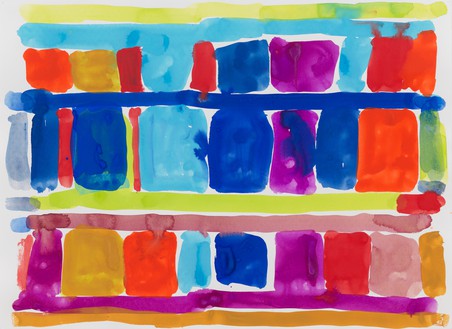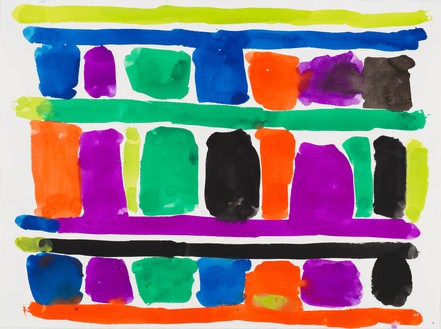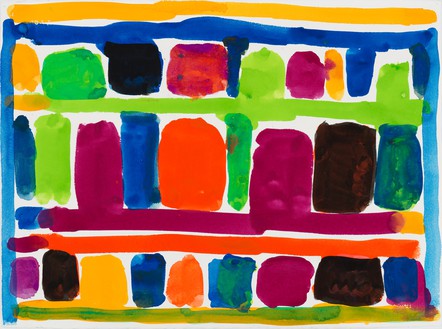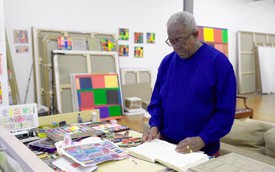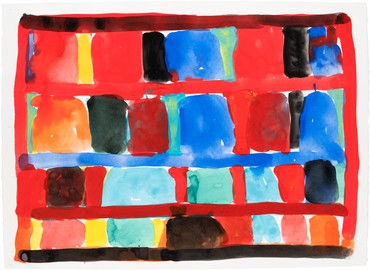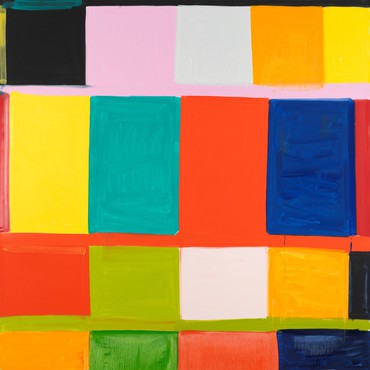About
Gagosian is pleased to announce the exhibition of Stanley Whitney’s painting Dear Paris (2023) at 9 rue de Castiglione, Paris, from January 10 to February 28, 2024.
Inspired by the artist’s extended stay in the French capital, Dear Paris is the latest of Whitney’s lyrical abstractions. Balancing systematic structure and expressive spontaneity, he composed the painting in his characteristic manner, one roughly rectilinear block at a time, starting at the top left and progressing in rows across and down the canvas. Whitney forms each shape with energetic brushwork, choosing its vivid hues and shaping its boundaries in relation to its predecessors. The painting’s subtly shifting freehand geometry is further demarcated by linear bands between its rows that both divide and unify the composition.
Pursuing abstraction since the 1970s, Whitney established his mature style in the 1990s while living and working in Rome. The compositional framework he employs allows him the freedom to improvise, facilitating the emergence of surprising chromatic harmonies and dynamic visual rhythms. The artist’s wide-ranging influences include the polyphonic call and response of jazz, the transformative effect of light cast on historic buildings, the traditions of American quiltmaking, and artists from Henri Matisse and Piet Mondrian to Giorgio Morandi.
Gagosian a le plaisir d’annoncer l’exposition de Dear Paris (2023), une peinture de Stanley Whitney au 9 rue de Castiglione, Paris, du 10 janvier au 28 février 2024.
Inspirée par le séjour prolongé de l’artiste dans la capitale française, Dear Paris est la dernière des abstractions lyriques de Whitney. Conciliant structure systématique et spontanéité expressive, il a composé son œuvre de façon caractéristique - traitant un bloc presque rectiligne à la fois, en commençant en haut à gauche et en progressant par rangées linéaires, de haut en bas de la toile. Whitney façonne chaque forme d’un coup de pinceau énergique, choisissant des teintes vives et définissant ses limites en fonction des précédentes. La géométrie de la peinture faite à main levée varie subtilement. De plus, elle est délimitée par des bandes linéaires entre les rangées qui divisent et unifient la composition.
Poursuivant sa pratique de l’abstraction depuis les années 1970, le style de Whitney est arrivé à maturité dans les années 1990, alors qu’il vivait et travaillait à Rome. Le cadre de composition qu’il utilise laisse place à l’improvisation, facilitant l’émergence d’harmonies chromatiques surprenantes et des rythmes visuels dynamiques. Les influences de l’artiste sont diverses : l’appel et la réponse polyphoniques du jazz, la transformation qu’effectue la lumière projetée sur des bâtiments historiques, les traditions de la fabrication du quilt américain; et des artistes comme Henri Matisse, Piet Mondrian ou Giorgio Morandi.
La récente résidence de Whitney à Paris lui a permis de contempler durablement l’architecture et le tissu urbain de la ville, et de côtoyer sa vaste histoire culturelle. Comme il l’observe :
L’histoire des Afro-Américains qui se rendent à Paris remonte à la fin de la Première Guerre mondiale. Des musiciens de jazz, des écrivains et des artistes comme Beauford Delaney, James Baldwin et, plus récemment, Ed Clark, se sont rendus à Paris pour y trouver une liberté créative qui leur manquait aux États-Unis. J’ai toujours voulu passer plus de temps à Paris et, en 2023 ; j’ai enfin pris ce temps. C’était incroyable d’être dans la ville où tant de grands artistes du XXe siècle, des artistes qui font partie intégrante de mon développement en tant que peintre, ont vécu et travaillé. À Paris, il y a comme une trame qui se joue entre les différentes périodes d’une longue histoire, ce qui n’est pas le cas aux États-Unis.
Dear Paris coïncide avec Stanley Whitney : How High the Moon, la première rétrospective complète de l’artiste organisée par le Buffalo AKG Art Museum à New York. Cette exposition sera présentée du 9 février au 27 mai 2024, avant de voyager au Walker Art Center à Minneapolis (2024–25) ainsi qu’à l’Institute of Contemporary Art de Boston (2025). Retraçant l’ensemble de la carrière de Whitney, How High the Moon montre l’évolution de sa pratique à travers des peintures, des dessins, des gravures et des carnets de croquis.
Presse
Gagosian
press@gagosian.com
Toby Kidd
tkidd@gagosian.com
+44 7551 562067
Karla Otto
Ottavia Palomba
ottavia.palomba@karlaotto.com
+33 6 6788 3229
#StanleyWhitney
Artist
Press
Gagosian
press@gagosian.com
Toby Kidd
tkidd@gagosian.com
+44 7551 562067
Karla Otto
Ottavia Palomba
ottavia.palomba@karlaotto.com
+33 6 6788 3229

Stanley Whitney: Vibrations of the Day
Stanley Whitney invited professor and musician-biographer John Szwed to his studio on Long Island, New York, as he prepared for an upcoming survey at the Buffalo AKG Art Museum to discuss the resonances between painting and jazz.
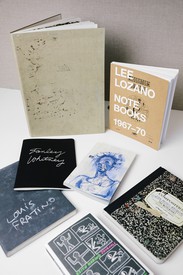
Book Corner
Private Pages Made Public
Megan N. Liberty explores artists’ engagement with notebooks and diaries, thinking through the various meanings that arise when these private ledgers become public.
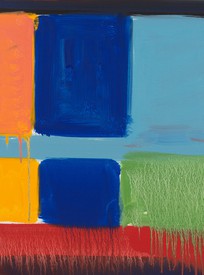
The Space Is in the Color: Stanley Whitney
Stanley Whitney reflects on the evolution of his work with Louise Neri, from his formative early days in New York to the pivotal period he spent living and working in Rome, arriving at the highly distinctive paintings for which he is now known. They explore the diverse and surprising influences of art and music on Whitney’s oeuvre, as well as his process and practice.
Stanley Whitney: Rhythm and Vision
While preparing his first exhibition with Gagosian, in Rome, Stanley Whitney speaks with Louise Neri in his New York studio about how he arrived at his unique and intuitive approach to color and space in painting, employing a dynamic fusion of preordained structure and improvisation.
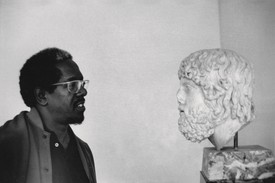
Stanley Whitney: The Ruins
For American painter Stanley Whitney, Italy remains a central and enduring source of inspiration. Matthew Jeffrey Abrams, the author of a new monograph on the artist, reflects on the profound and far-reaching influence of Italian art and architecture on Whitney’s art.
